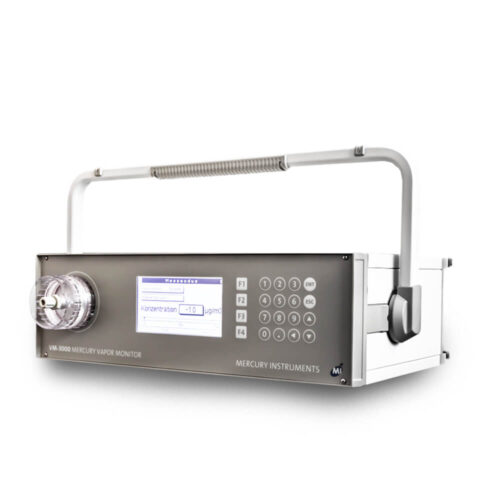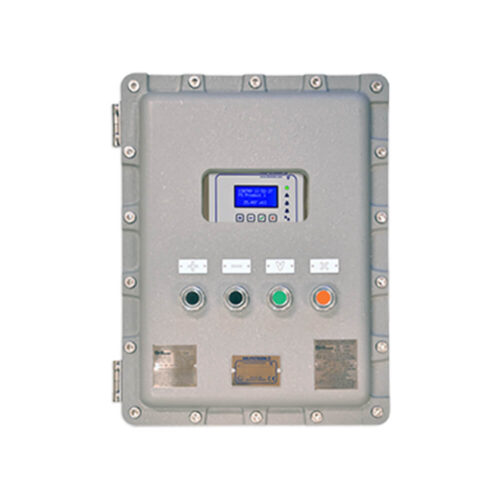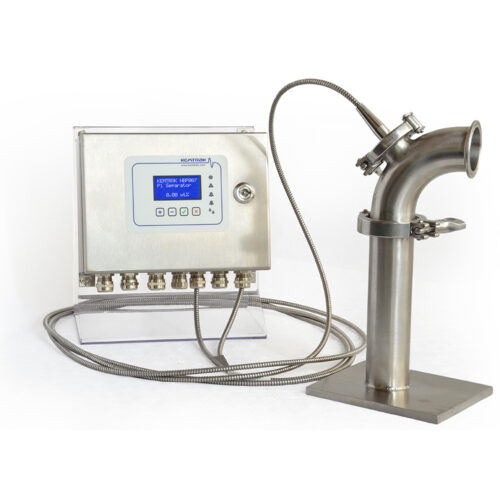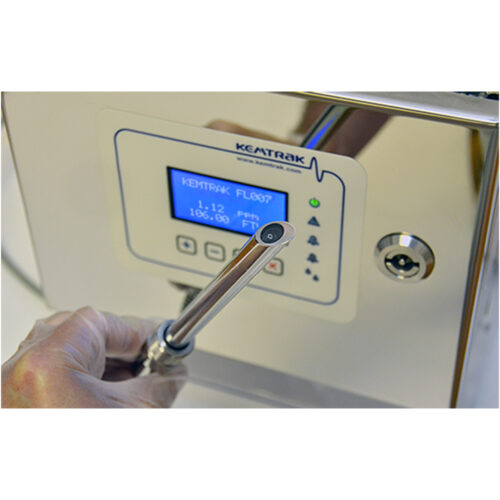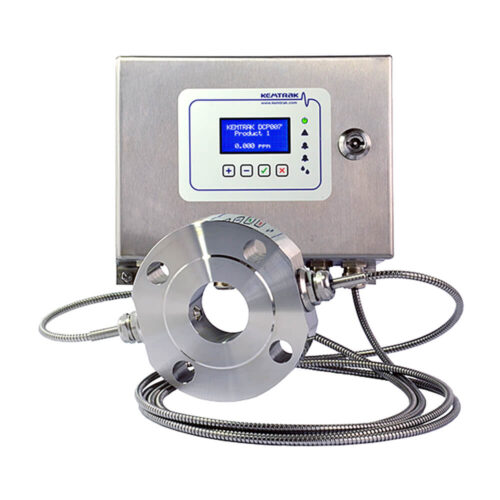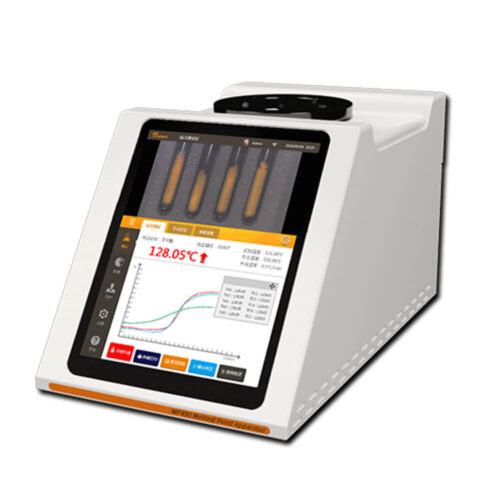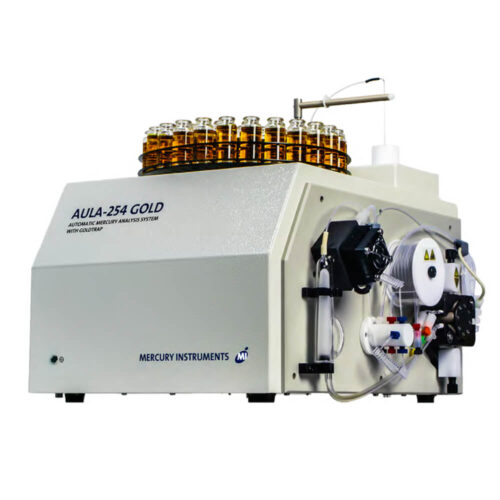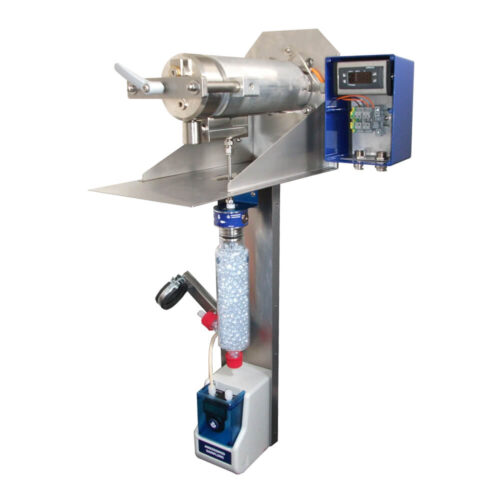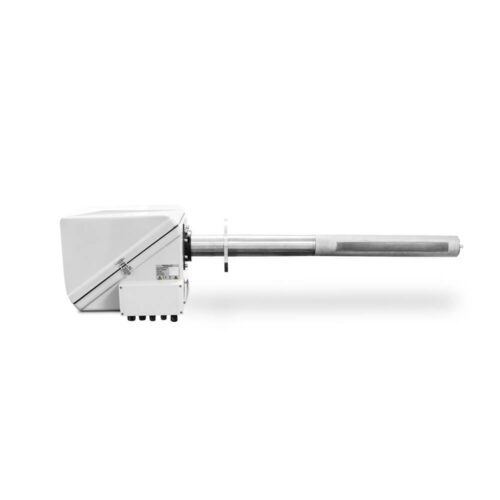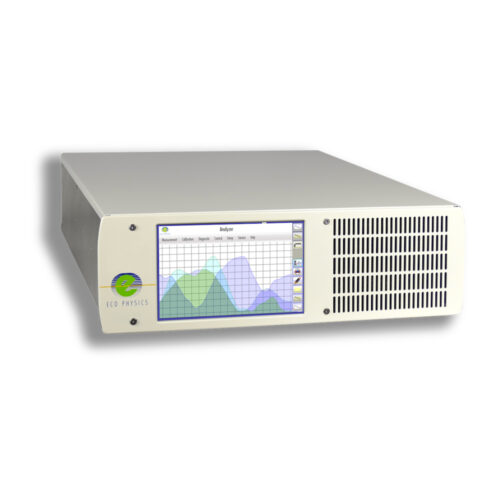The new Mercury Tracker-3000 XS
- lighter - smaller - more comfortable We updated the well-proven Mercury Tracker 3000 IP! The new Mercury Tracker-3000 XS weighs even less, it is smaller, easier to handle and features GPS, a 5.7" color TFT display and new high performance Eneloop battery pack with minimized self-discharge. Needless to say the benefits of the old Tracker were not discarded.- Real time measurement
- High precision measuring principle: atomic absorption (AAS)
- Easy to operate
- Shock proof and corrosion resistant for rugged field operation
- Measuring ranges 0.1-100 / 0-1000 / 0-2000 µg/m³
- High resolution 0.0001 mg/m³
- Data logger integrated

